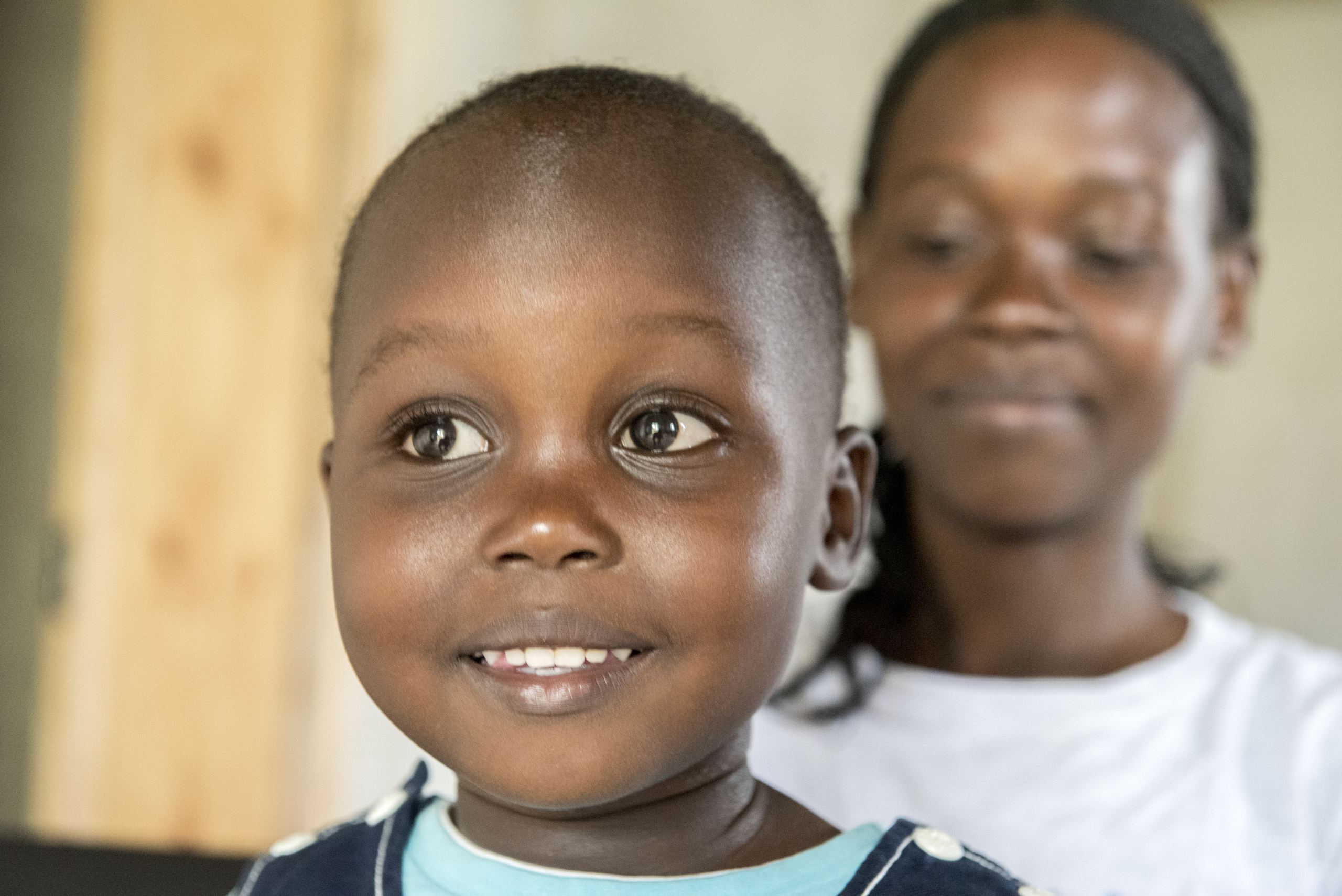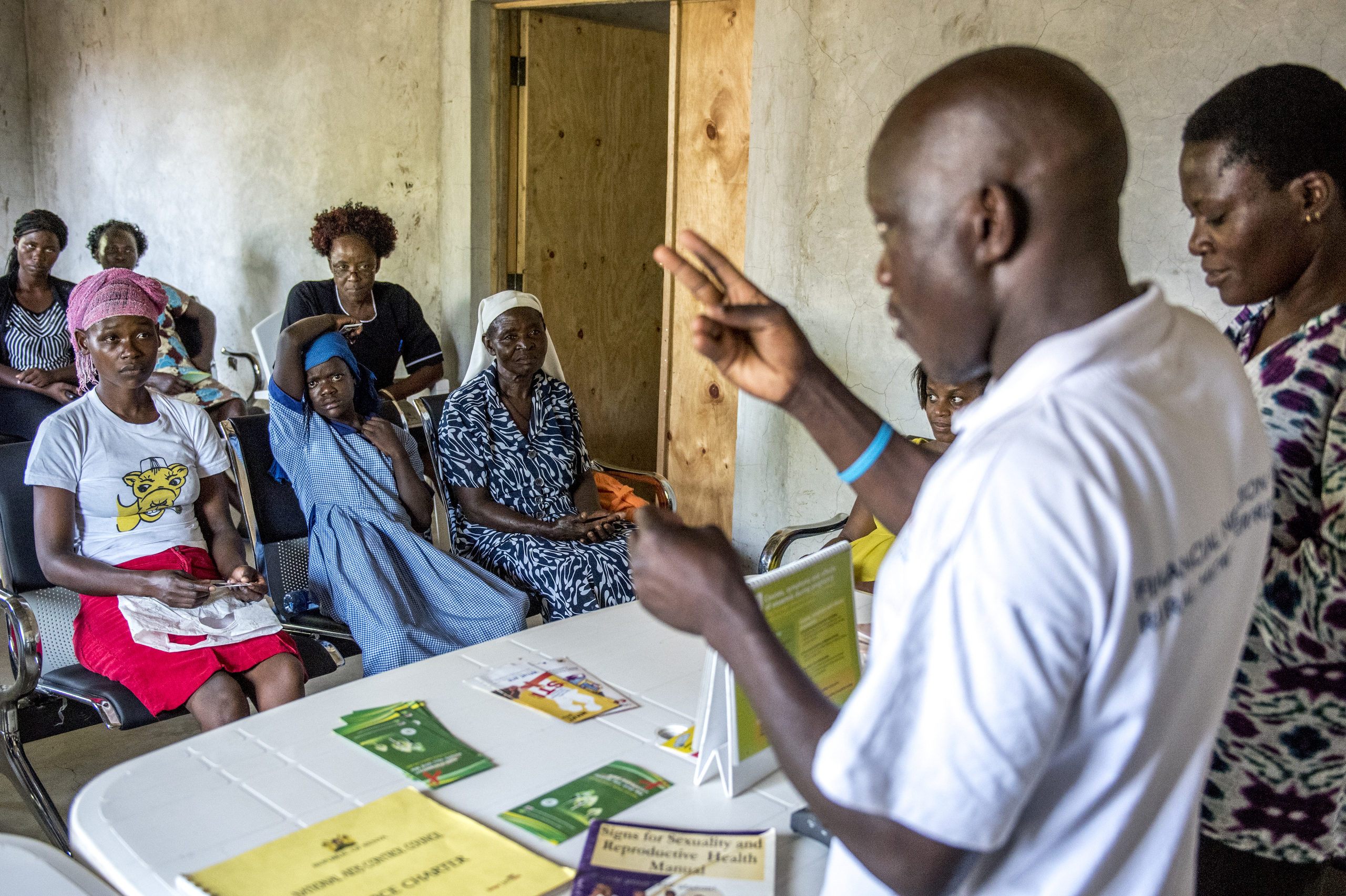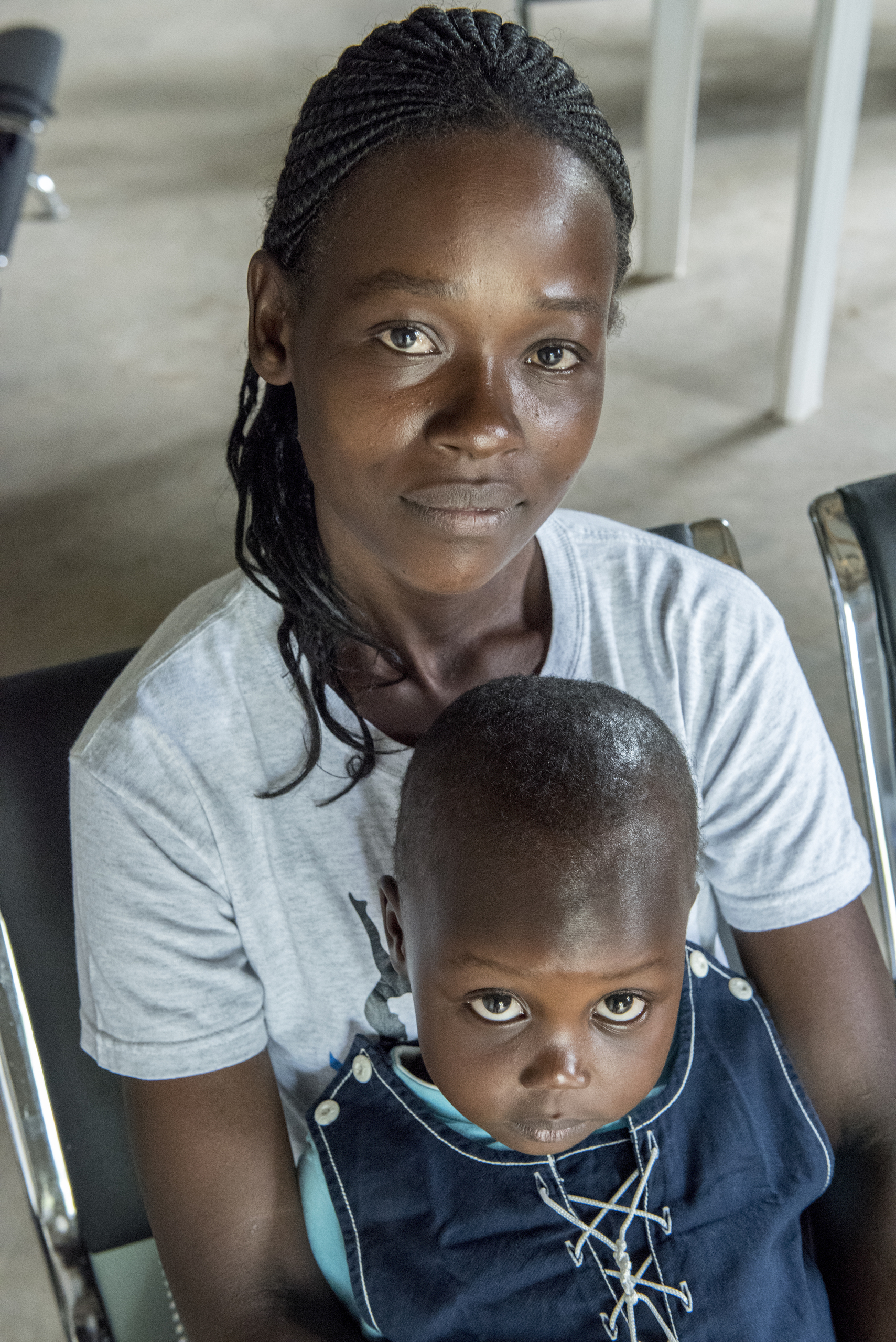David Ogoro stands at the head of an improvised classroom at the Kendu Bay Sub-district Hospital, energetically leading a discussion about barriers to HIV adherence. His pupils are keenly engaged and participate freely, but the only sound is that of hands brushing together to form words. This is a psychosocial support group for deaf people living with HIV in Kendu Bay, Kenya, a town on the shore of Lake Victoria in Homa Bay County.
This region of Kenya has the highest prevalence of HIV in the country, with one in four people infected with the virus. Through the Pamoja Project, the Elizabeth Glaser Pediatric AIDS Foundation (EGPAF) has been working over the past five years to improve access to HIV testing, treatment, and psychosocial support, for all people in Homa Bay
Unlike other support groups, which are usually formed among peers of similar ages, this group includes young children, adolescents, adults, and mature adults. They are connected by the challenges they face as deaf people—as well as the support that they can uniquely provide for each other.

“Many NGOs [nongovernmental organizations] are not focusing on the deaf community, says David, 36, in an interview after the meeting. “So when [that organization] has information about HIV and AIDS, there is a barrier for deaf people.”
David lost his hearing when he was 8 years old as a result of polio. Because of his early childhood with hearing, he was able to learn to lip read more easily than his peers who were born deaf. He is also able to speak, which makes him an important link to the hearing world.
Unlike the other members of the support group, David is not living with HIV. But he feels passionate about HIV education, having lost his older sister and his father to AIDS-related illnesses. His sister died in 2002, when David was 22 years old.
“At that time we had very little information about HIV and AIDS,” he says.” He went to visit her at the hospital and was shocked at her wasted condition. One month later, she was dead.
“That’s what motivated me to help other people learn about HIV,” says David. “HIV education to the deaf community is very important. If normal hearing people get HIV material, and the deaf are left out, the deaf will suffer.”

David emphasizes that outreach to deaf people in this region must focus on sign language and pictures. He notes that much of the information about HIV is transmitted over television, which deaf people, obviously, cannot hear. And even when it is printed in newspapers, deaf people are still more likely to miss it because the formal education rate is lower among deaf people in this region, and many cannot read English.
“The challenge comes in when you meet a deaf person who cannot read or write, “ agrees Faith Oriwo, EGPAF’s prevention officer for Homa Bay. Faith is not deaf, but she communicates well with David and is becoming ever more fluent in sign language.
“When the Elizabeth Glaser Pediatric AIDS Foundation came to Homa Bay, and I came to the district hospital, I realized that I had 15 deaf clients,” continues Faith “I saw that there was a problem with communication, and I found David.”
At that time, David was running a community-based organization that focused on testing deaf people for HIV, and he had a diploma in HIV/AIDS Control Management and Social Work. David volunteered to help facilitate deaf support groups in the area.
Irene Ikinyi, 29, is a member of the Kendu Bay deaf support group. She lives with her grandmother and her 3-year-old daughter, Florence. Since it is hard for deaf people to find work, she helps her grandmother around the house in exchange for food and clothing. Her brother, who is also deaf, watches the livestock.
Irene had tested positive for HIV in 2010, but did not adhere to her antiretroviral treatment or return to the health center for check-ups. When Irene became pregnant in 2012, her grandmother brought her to the health center for prenatal care, and Irene was enrolled in prevention of mother-to-child transmission of HIV (PMTCT). At that time, she was also linked to Faith and to the deaf support group. Since that time, she has been adherent to treatment and a reliable member of the support group, especially nurturing the children who may feel isolated in their homes because of their deafness.
“I learned that an HIV-positive mother can give birth to an HIV-free baby if she follows the drugs and visits [the health center] early for care and treatment,” says Irene, signing to David. “After the baby tested negative for HIV [at 18 months]. I felt good. I feel relieved, happy.” Irene says that she hopes that her daughter, who is hearing, will grow up to be a nurse or a doctor.

Irene says that the stigma of being deaf is greater for her than the stigma of living with HIV. She explains that it kept her from seeking treatment when she was sick because she felt that she could not communicate to the health workers. Through the efforts of Faith, David, and the staff at the hospital, she now feels welcome.
“We have two kinds of stigma [as deaf people], self-stigma and community stigma,” says David. If I don’t want to go try to get information from people who are hearing, that is self-stigma. I think: ‘I am deaf … how will I communicate? Who will help me communicate? I don’t want to go there.’ Especially if you lack English skills.”
“And if hearing people ignore me, that is community stigma. Health workers may not be sensitive to deaf people. They've identified that you are deaf, and instead of helping you they refer you other people. You are not really seen as part of the community.”
“But if deaf people know that the center is friendly to them, they go,” he says.




